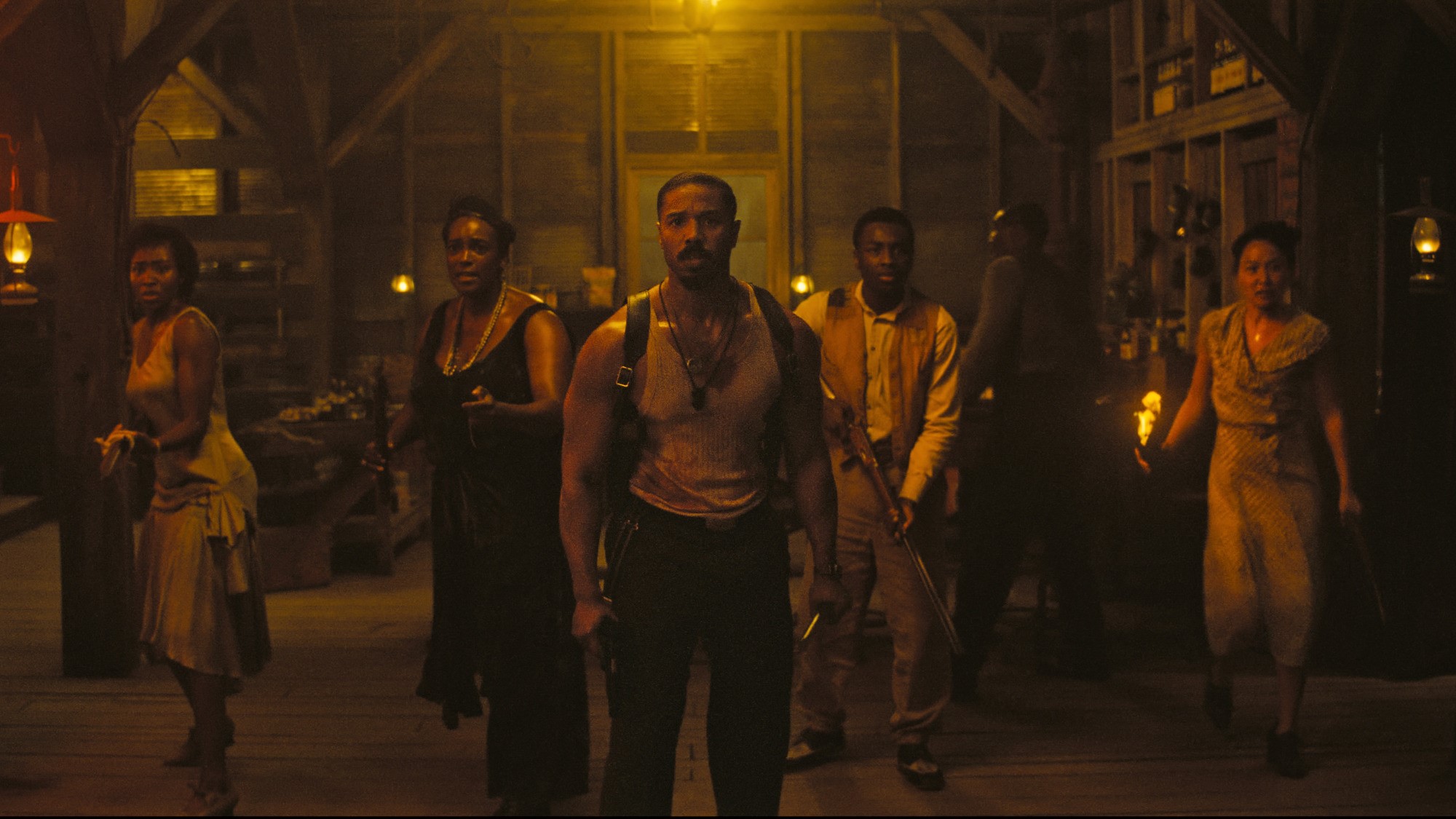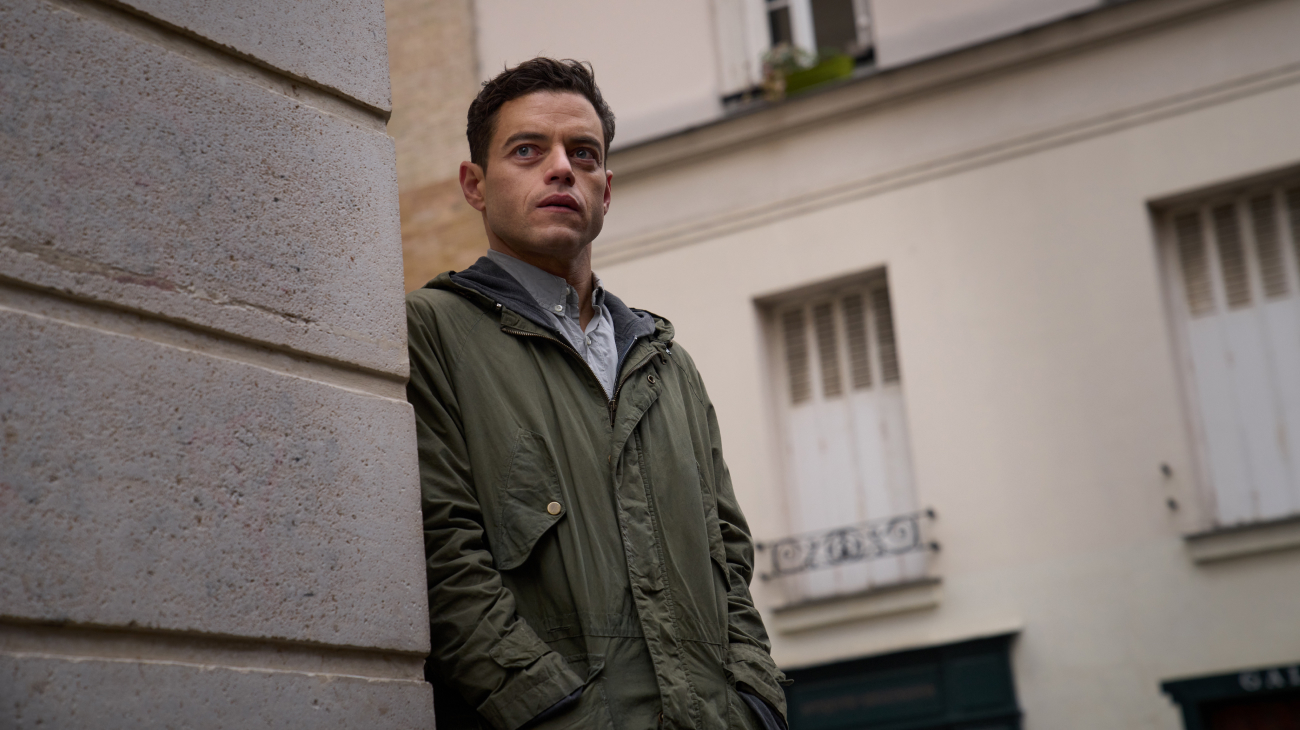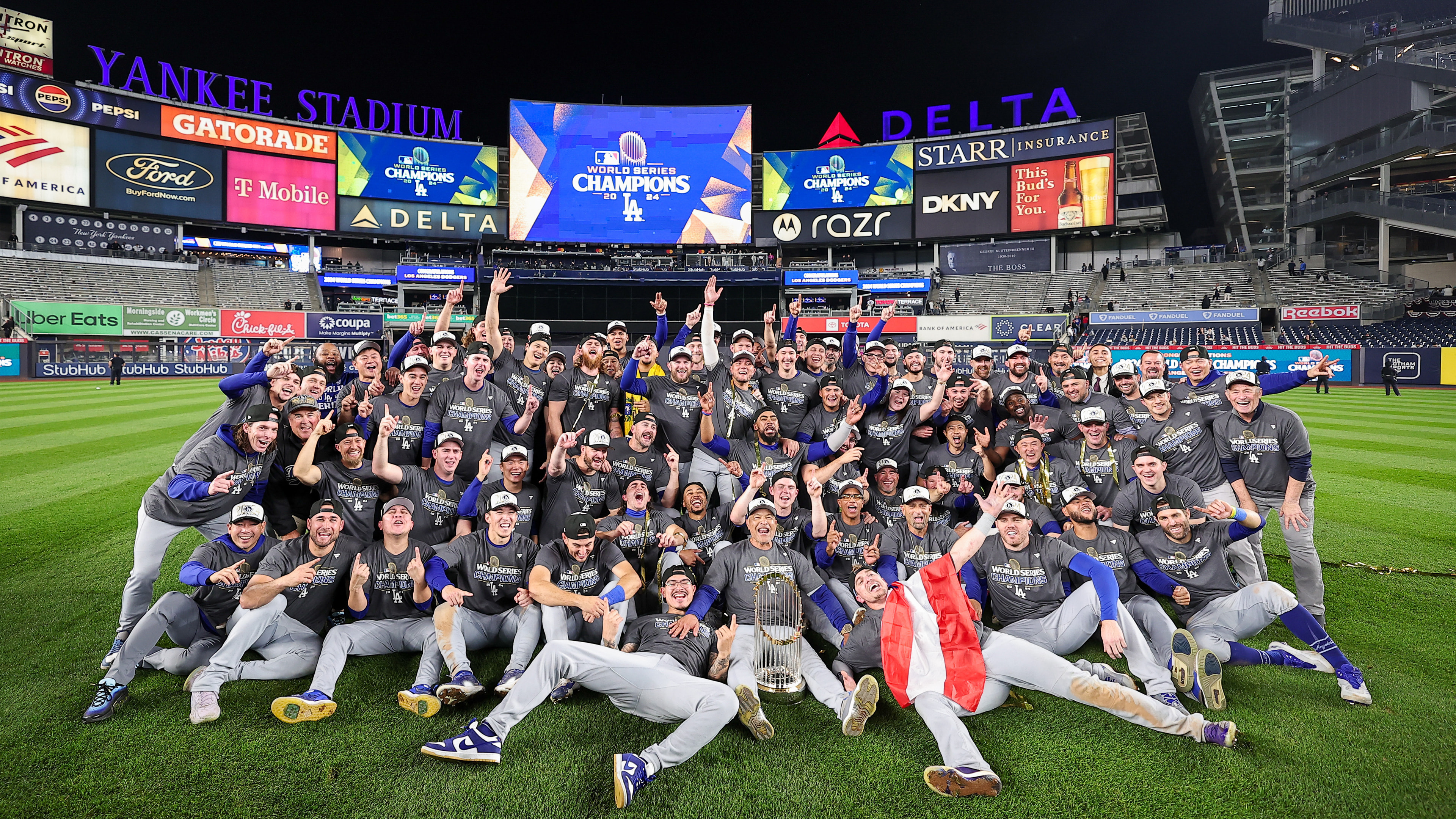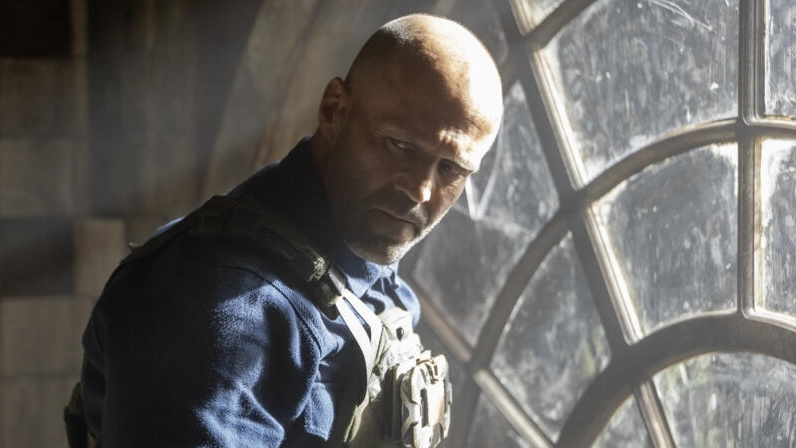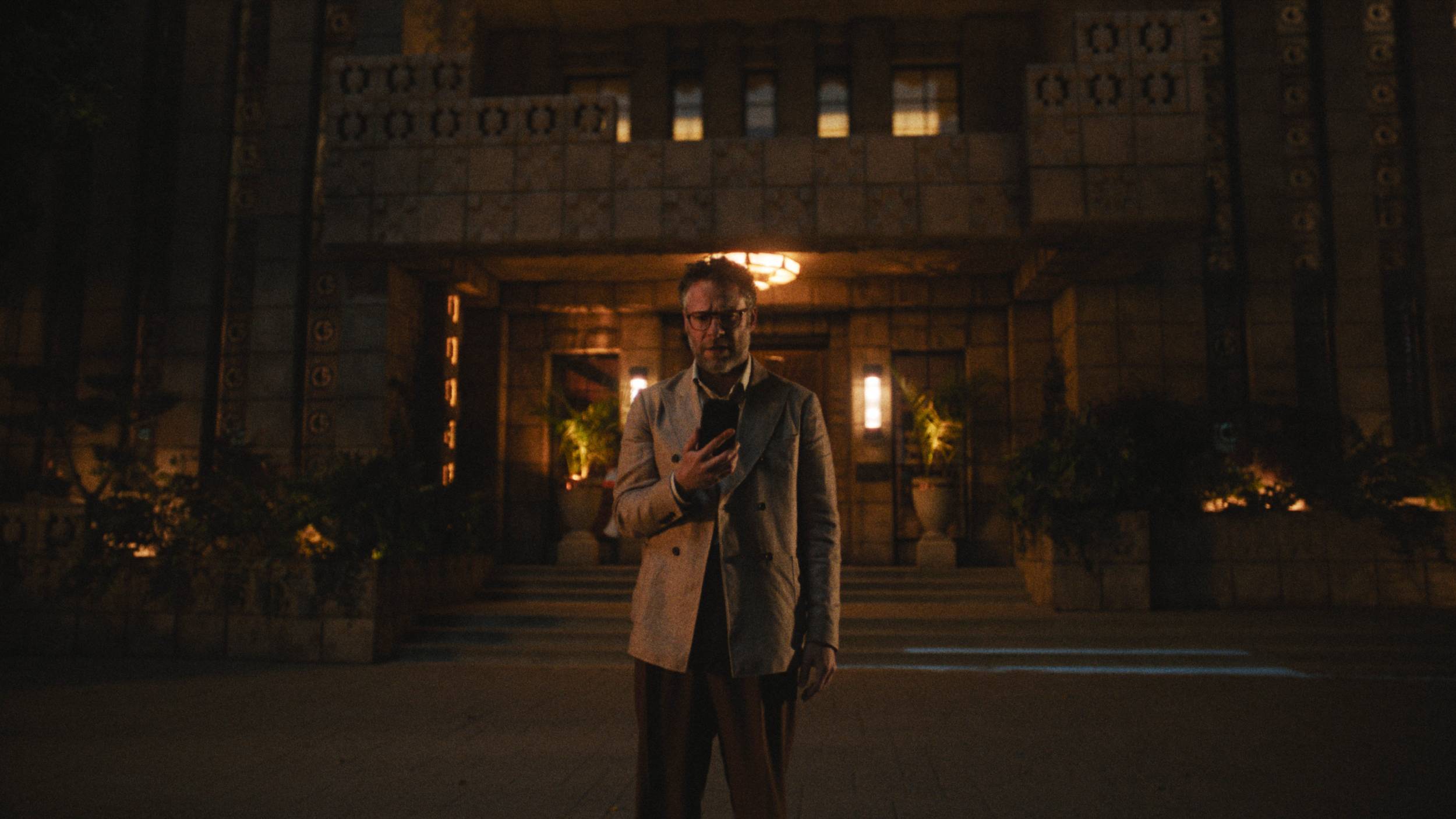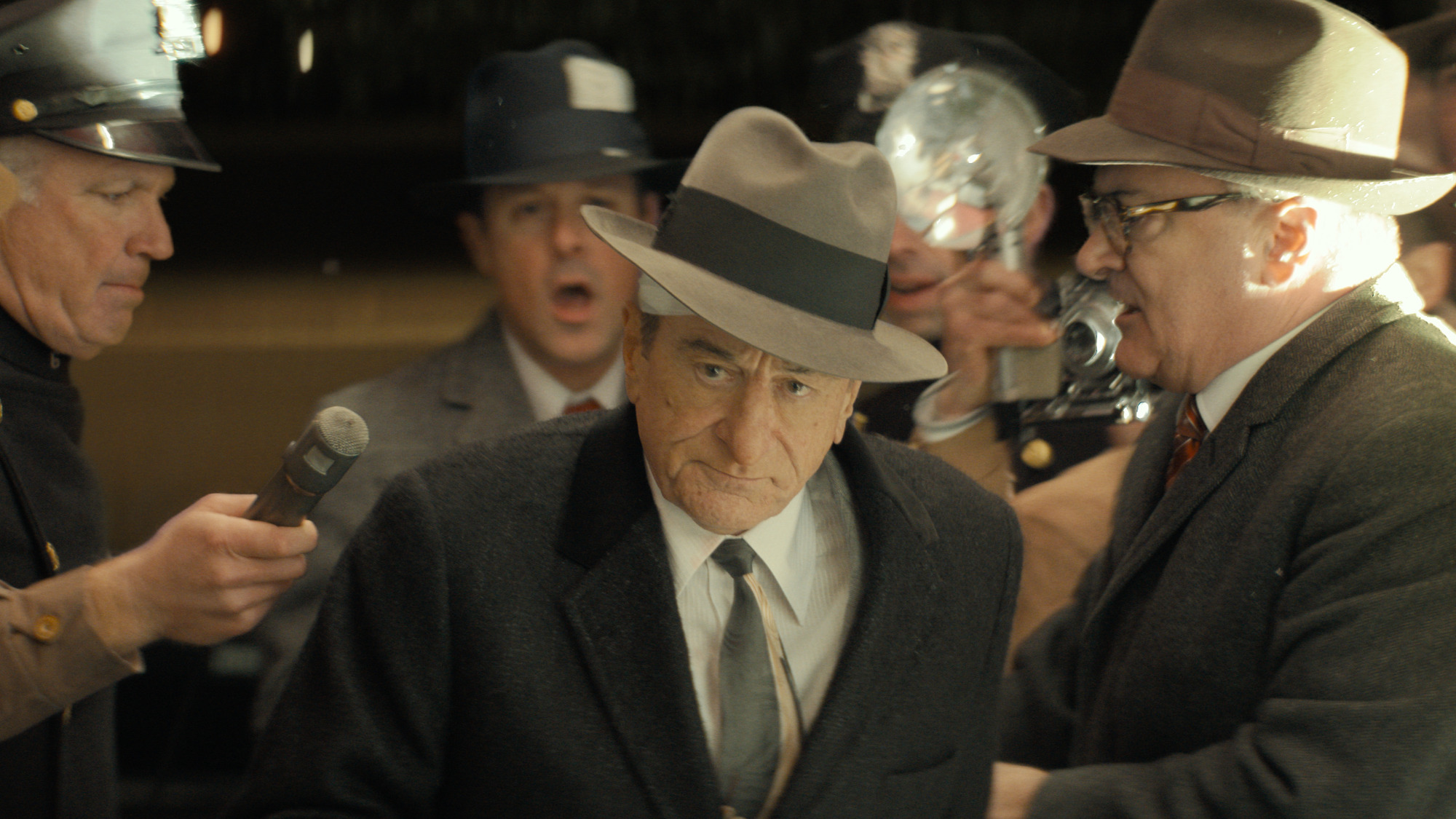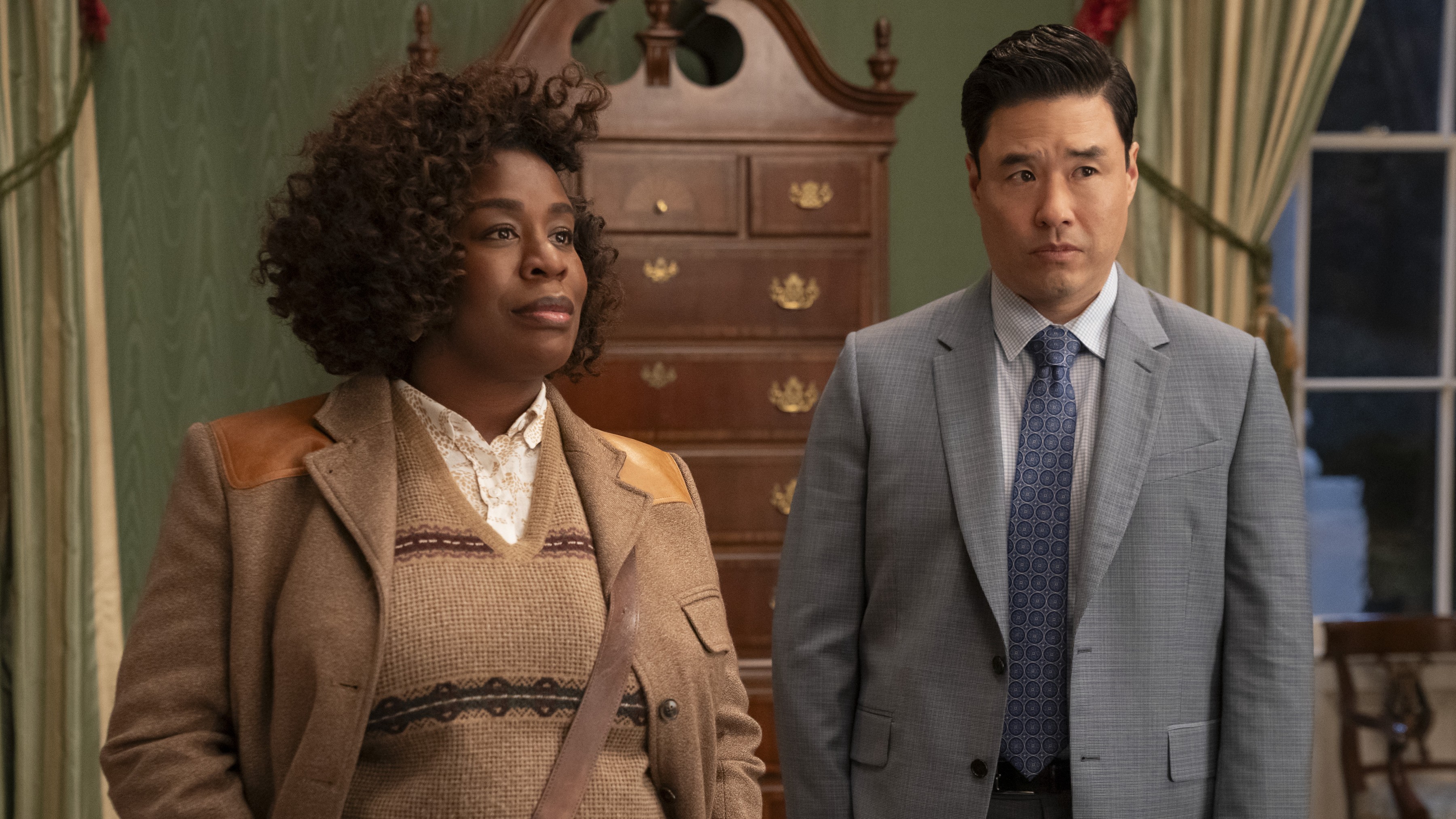Amazon Fire TV is one of the least expensive pieces of hardware you can get it you want to get into the cord-cutting game. It's rich in streaming video, has access to countless hours of content from Amazon itself, and a wealth of apps with which you can watch pretty much anything else available online.
For a lot of folks out there, this is going to be plenty to get your cord-cutting life started. Here's everything you need to know about Amazon Fire TV, in a nutshell.
What is Amazon Fire TV?
The current generation of Amazon Fire TV — it's the third generation, actually — was released in 2017. It's an HDMI dongle rather than a set-top box. That means it's pretty small — say, about half the size of a deck of cards — with an short cable and HDMI plug sticking out of one corner. The opposite corner has a plug for a microUSB cable, which is where the dongle draws its power. You can either plug that in to a wall outlet, or, possibly into your TV, if it has USB-A ports that provide enough juice.
As the name implies, this is a fully Amazon product. Technically it's running Android, but you'll be getting apps from Amazon's own app store, rather than from Google Play. Generally speaking you'll find pretty much anything you need. Apps for watching things like Netflix and Hulu and DirecTV Now. Apps for playing games. And plenty of utilities that you'll never need to get anywhere near.
And Amazon TV has Alexa built in, with a microphone in the remote. Just hold down the mic button and speak to her like you would to an Echo device. You can control the Fire TV — tell it what to watch — or control various smart devices you have hooked into Alexa.
Which Amazon Fire TV should you get?
There actually are a couple of Fire TVs on the market. There's the 4K dongle described above, and an even less expensive Amazon Fire TV Stick that sells at retail for a mere $40.
But we don't actually recommend the stick. Why? A number of reasons. Mostly because if this is the sort of thing you're going to be using a lot , it's worth the extra $20 for better hardware. The dongle handles 4K resolution — the stick doesn't. The dongle has more RAM, so it'll run a little quicker. And it's got newer software and a newer operating system.
In a nutshell — the dongle should last longer and is a better use of your money.
Amazon Fire TV Cube
In 2017 we saw Amazon shift gears and eschew the box for an HDMI pendant in the third generation of Fire TV. In addition to a smaller device, it added HDR10 support to the 4K resolution.
And now we're awaiting the new Amazon Fire TV Cube . As the name implies this will be another external box — erm, cube — and you have to believe it'll come in at a price above the $69 Fire TV pendant. While we don't yet have full Fire TV Cube specs, we do know a few things for certain. First is that, yes, it's shaped like a cube. It'll have ports for external power and HDMI, plus micro-USB for Amazon's $14 Ethernet adapter . (Which also is how we got an early look at the back of the Cube.) And it'll have an infrared port — presumable for an IR extender.
Rumored features include having Amazon Alexa built in. That's hardly a stretch, given that unlike the previous-generation Fire TV box this one's definitely meant to be seen out in the open — why design it like a cube otherwise? That means you should be able to bark orders at it just like you would an Amazon Echo, without needing to use the remote control for voice commands. That'll be very cool.
The Fire TV Cube price should be interesting, though. Will we see the price of the pendant drop down from $69, and the Cube land somewhere around $89? Possible. Or will Amazon take the Fire TV Cube above the $100 threshold, at least at launch?
We'll see.
Which Amazon Fire TV should you buy?
Where to buy Amazon Fire TV
Fire TV OS
Amazon has its own Android-based operating system with Fire TV OS. It is, first and foremost, an excellent portal into all things Amazon. It's the quickest (and best-looking) way to browse Amazon Video listings. You can listen to music through Amazon Music. You can watch shows and play games and load other apps from the Amazon Appstore — all right there on your TV, with full access to your Amazon account.
And it's getting smarter, too. Devices like the Ring Doorbell — Amazon purchased that company in 2018 — and the Amazon Cloud Cam can show their camera feeds on Fire TV, so you don't even have to leave the couch to see what's going on.
In other words, yes — Amazon Fire TV absolutely competes with Apple TV and Roku and Android TV and is worth considering.
How much is Amazon Fire TV and where do you get it?
Amazon Fire TV is available from all sorts of retailers, but one of the easiest ways to get it is just straight from Amazon . Fire TV retails for $69.99, but it's not uncommon to see it on sale — it's been as low as $50.
Elsewhere, you can find it at Best Buy and Target .

What's good about Amazon Fire TV?
First and foremost, this is a great inexpensive option for cord-cutters. The hardware itself handles 4K UHD resolutions, as well as HDR10 and Dolby Atmos for audio. And there's a world of content available from Amazon itself, in addition to all the apps you can download. If you subscribe to Amazon Prime, you've got a ton of free content available — and we're not talking bottom-of-the-barrel stuff here. Original content is huge.
Installation and setup are a breeze. You just plug it in to your display, and plug in the power cable, and that's it. Amazon's setup will deftly walk you through the sign-in process, and you'll be up and running in no time at all.
Amazon's remote control is easy to use. It's small, but not too small, and having it as your conduit to Amazon Alexa (via a microphone button) is great.
What's not so good about Amazon Fire TV
For as great as Fire TV is — and it is really good — it's not our first choice for a living room cord-cutting experience. (For that, we'll point you to the NVIDIA Shield TV with Android TV, and Apple TV for iOS.)
That's mostly because the app experience can be a little inconsistent in regards to speed. Apps that run like butter on Android TV or Apple TV can crawl on Fire TV.
And for as good as the Fire TV user interface is, there's also a lot going on in there. It's definitely possible to get overwhelmed, especially as you venture further from Amazon Video and into the traditional app realm.
One more nerd note — Amazon Fire TV doesn't support Dolby Vision, which is a proprietary (but by most accounts an improved) version of HDR. The current hardware just doesn't handle it.
Who is Fire TV for?
If you're not totally worried about having a streaming solution that 100 percent fits in with your mobile lifestyle — that is, if you're not crazy for Android or over the moon for iOS and need all the things to be related to all the other things — Fire TV is a great solution. It's a more-than capable streaming solution that won't break the bank in terms of hardware, and it gets you direct access to all of Amazon's free content, assuming your an Amazon Prime subscriber.
If you have a secondary television that you don't necessarily want to spring upward of $150 for something like Apple TV, Fire TV is a great alternative. And because it's an HDMI dongle you don't have to worry about having to hide a box, so it's perfect for wall-mounted sets.
